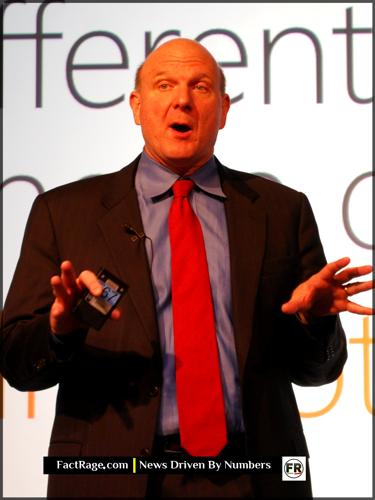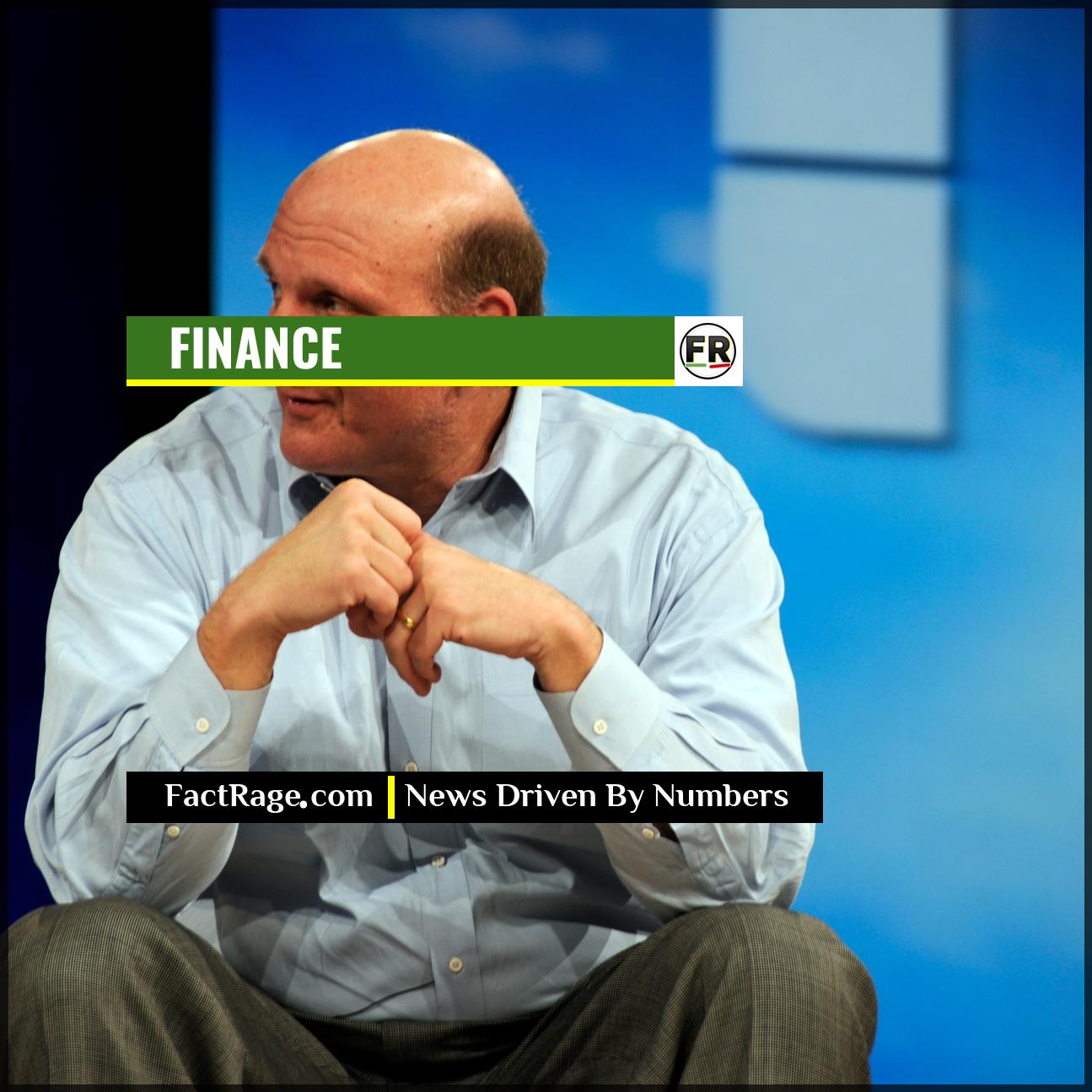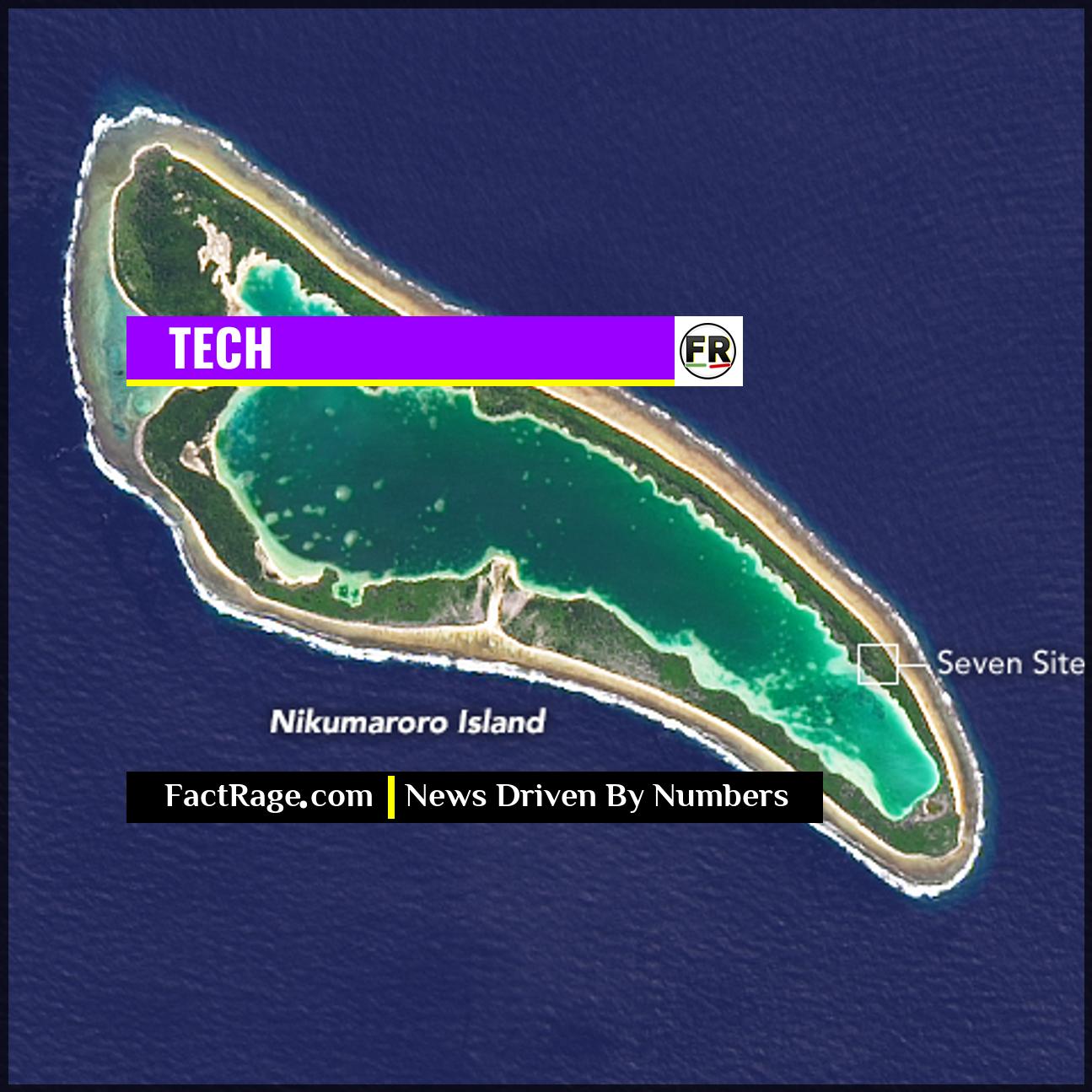LOS ANGELES, CA – A decade after his departure from Microsoft, Steve Ballmer’s tenure as the owner of the Los Angeles Clippers has emerged as a formidable case study in how first-generation tech wealth can be redeployed with immense financial success.
- Significant ROI – Ballmer purchased the Clippers for $2 billion in 2014; the franchise is now estimated to be worth over $5 billion, representing a 150% return on investment before factoring in other revenue streams.
- Privately Financed Asset – The new, state-of-the-art Intuit Dome was built with approximately $2 billion of Ballmer’s own capital, a strategic move to control a major revenue-generating asset without relying on public financing.
- Divergent Philanthropy – Ballmer’s philanthropic efforts, primarily through the Ballmer Group and USAFacts, are data-driven and focused on U.S. economic mobility, a distinct model compared to the global health or climate initiatives of peers like Bill Gates and Jeff Bezos.
Once viewed by some as a passion project for the famously energetic former CEO, Ballmer’s venture into professional sports now appears to be a calculated and sophisticated business operation, mirroring the strategic intensity he brought to the tech world.
Why the Balance Sheet is the Real Scoreboard
![]() It’s easy to view a billionaire buying a sports team as a high-profile passion project. But when the numbers are subjected to rigorous analysis, a far more calculated strategy comes into focus. Steve Ballmer’s approach to the LA Clippers is a masterclass in long-term asset acquisition and strategic capital deployment. The real story isn’t found in the box scores, but on the balance sheet that sets him apart from his peers.
It’s easy to view a billionaire buying a sports team as a high-profile passion project. But when the numbers are subjected to rigorous analysis, a far more calculated strategy comes into focus. Steve Ballmer’s approach to the LA Clippers is a masterclass in long-term asset acquisition and strategic capital deployment. The real story isn’t found in the box scores, but on the balance sheet that sets him apart from his peers.
Read On…
Here, we break down the financial playbook behind Ballmer’s post-Microsoft empire, from the franchise’s soaring valuation to the powerful economics of his privately funded arena.
How a $2 Billion Bet Became a Sports Empire

In 2014, Steve Ballmer’s $2 billion acquisition of the Los Angeles Clippers set a record for an NBA team sale. To many observers, the price seemed steep for a franchise historically overshadowed by its crosstown rival, the Lakers. However, the investment was made at a time of soaring media rights deals and the increasing recognition of sports franchises as scarce, high-value assets. What was the financial logic behind the purchase?
Today, that $2 billion bet has paid off substantially. Industry valuations place the Clippers’ current worth at over $5 billion. This appreciation reflects the league’s overall growth, but it’s also a testament to a strategic investment in a major media market. Owning a team in Los Angeles provides access to lucrative local television deals, corporate sponsorships, and a massive fan base. For Ballmer, the Clippers were not just a team to cheer for, but a platform for building a multi-faceted sports and entertainment business.
The Intuit Dome: Why Private Funding Is the Real Power Play
The centerpiece of Ballmer’s strategy is the Intuit Dome, the Clippers’ new $2 billion home in Inglewood. The most crucial detail from an investment perspective is its financing: the entire project was privately funded. This is a significant departure from the common practice of securing hundreds of millions in public subsidies for stadium construction.
By personally financing the arena, Ballmer retains full control over the asset and its revenue streams. Modern arenas are designed to be active 300 days a year, hosting concerts, corporate events, and other high-margin attractions in addition to 41 regular-season home games. The Intuit Dome was engineered for maximum revenue, with advanced technology, premium seating, and efficient operations. This long-term, asset-focused approach ensures that the value of his investment is tied not just to the team’s performance, but to a tangible piece of prime real estate and a year-round entertainment hub.
A Different Brand of Billionaire Philanthropy
Just as his approach to sports ownership is unique, so is Ballmer’s strategy for philanthropy. While many of his tech billionaire peers, like Bill Gates (global health) or Jeff Bezos (climate and education), have focused on global-scale issues, Ballmer has taken a different path. Through the Ballmer Group, co-chaired with his wife Connie, he has committed billions to improving economic mobility specifically within the United States.
His other major philanthropic venture, USAFacts, reflects his background in a data-obsessed industry. The non-profit organization was created to make U.S. government data accessible and understandable to the public, acting as a non-partisan “10-K report for the country.” This focus on verifiable numbers and domestic impact creates a philanthropic portfolio that is less about global transformation and more about data-driven, systemic improvement at home. This method provides a clear contrast in how different titans of technology are choosing to deploy their historic levels of wealth to shape society.
The New Blueprint for a Billionaire’s Second Act
![]() Ultimately, Steve Ballmer’s post-Microsoft endeavors offer more than just a case study in sports ownership; they provide a formidable blueprint for wealth redeployment. By integrating a high-growth media franchise with a privately controlled, revenue-generating real estate asset, he has constructed a model that maximizes long-term value and operational control. This strategy, paired with a data-centric and domestic-focused philanthropic model, presents a potent alternative for how the next generation of titans may convert digital fortunes into tangible, enduring influence.
Ultimately, Steve Ballmer’s post-Microsoft endeavors offer more than just a case study in sports ownership; they provide a formidable blueprint for wealth redeployment. By integrating a high-growth media franchise with a privately controlled, revenue-generating real estate asset, he has constructed a model that maximizes long-term value and operational control. This strategy, paired with a data-centric and domestic-focused philanthropic model, presents a potent alternative for how the next generation of titans may convert digital fortunes into tangible, enduring influence.














